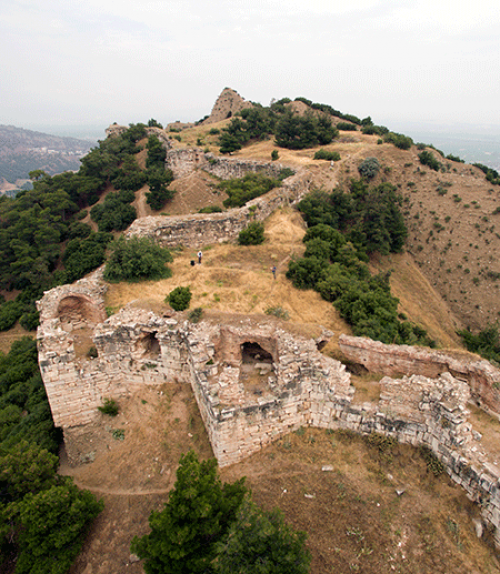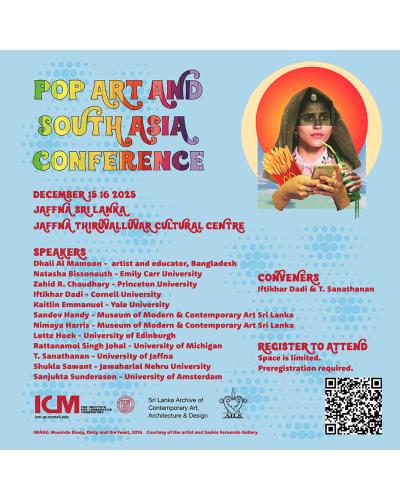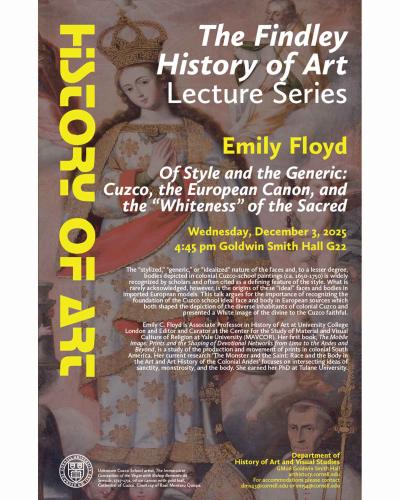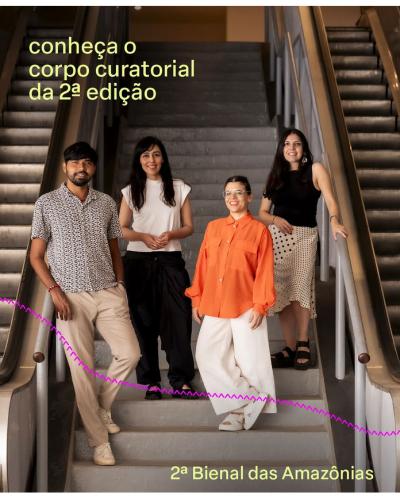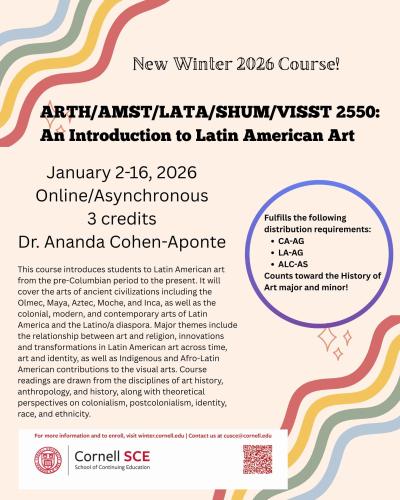
 Department Homepage
The College of Arts & Sciences
Department Homepage
The College of Arts & Sciences
New lecture series introduces research at ancient Sardis
Although not as well-known as the ruins of Athens or Rome, the remains of the ancient city of Sardis, capital of the Iron Age empire of Lydia in what is now Turkey, offer a wealth of clues to Greek, Roman, Byzantine and other cultural histories.
